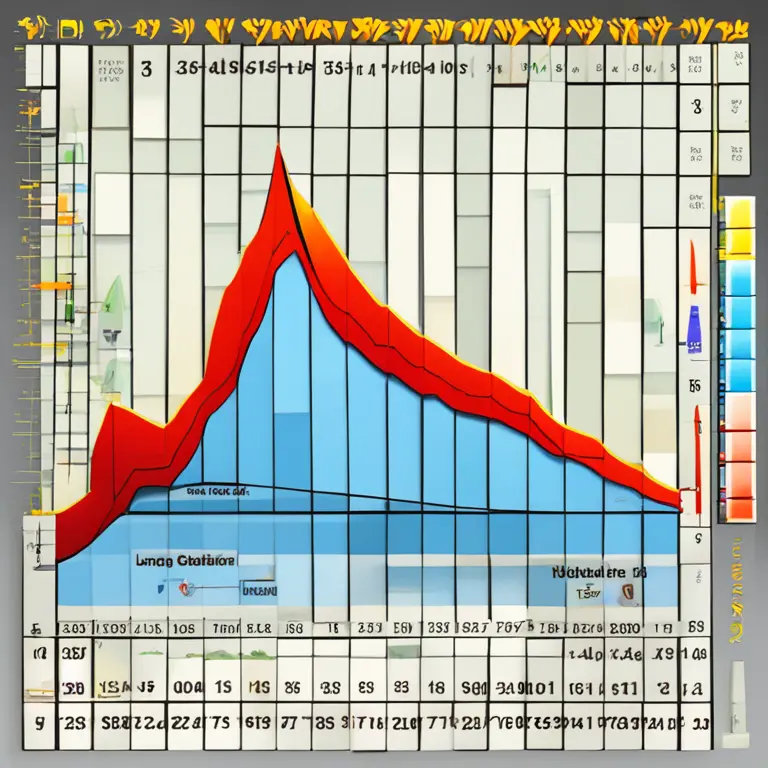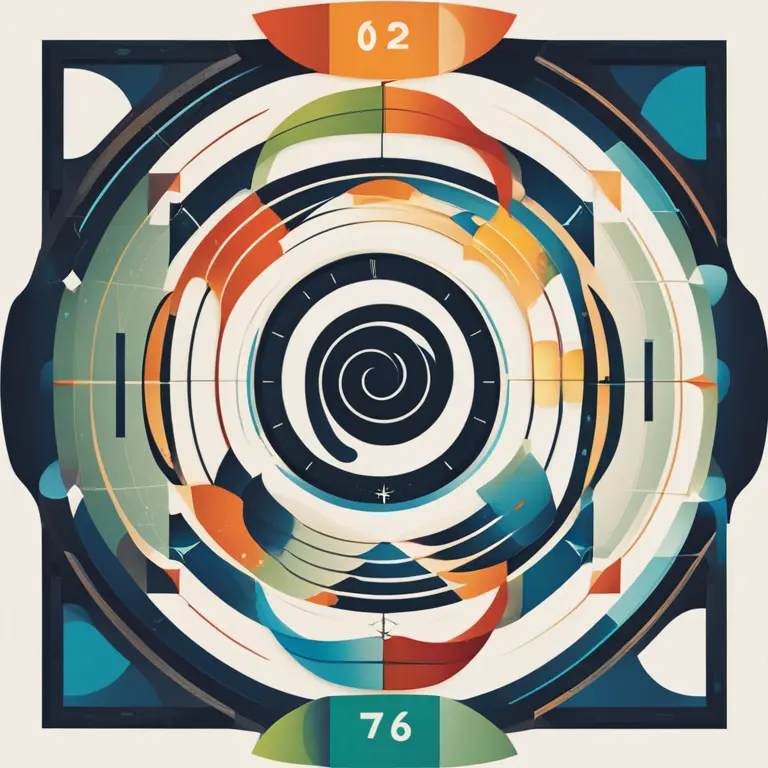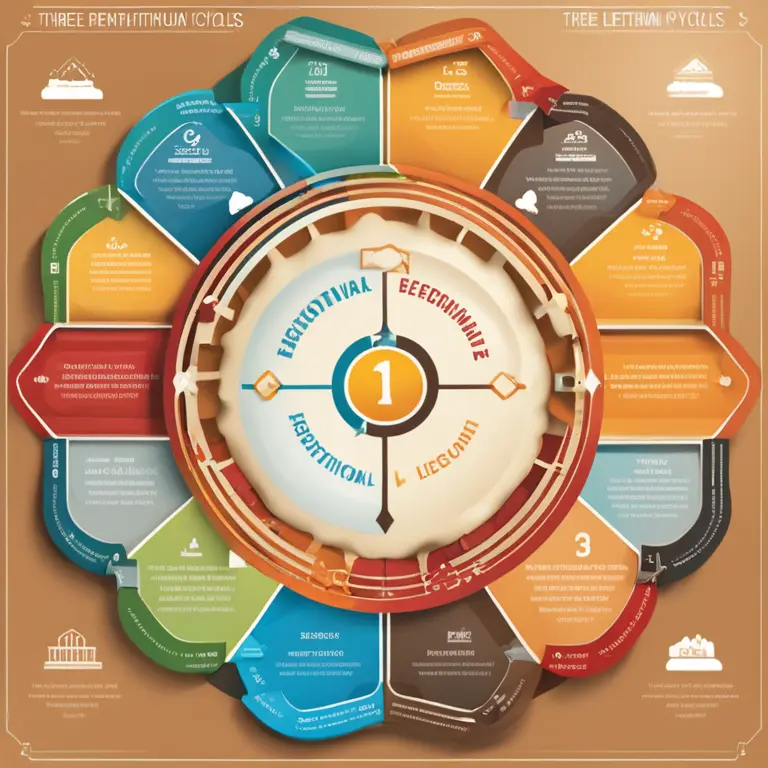
The Rhythms Within: Biorhythm Cycles Demystified
Discover the intriguing world of biorhythm cycles and how they influence your physical, emotional, and intellectual well-being.
article by Adrian Wallace
Introduction to Biorhythms
Understanding the intricate tapestry of our existence requires delving into various facets that influence our lives. Biorhythm cycles are a captivating aspect that many believe can help predict and understand the ebb and flow of life's various states. Originating from the early 20th century, the theory of biorhythms suggests that our physical, emotional, and intellectual capabilities are governed by innate cycles. These cycles, which start at birth and end at death, purportedly influence our performance, behavior, and overall well-being. In this article, we will examine the foundational elements of biorhythm theory and its potential impact on our daily lives.

Biorhythmic Cycles Explained
Fundamentally, biorhythm theory posits that three primary cycles influence our existence: the physical, emotional, and intellectual cycles. The physical cycle, spanning 23 days, governs aspects like strength, coordination, and vitality. The emotional cycle, lasting 28 days, affects mood, creativity, and perception of the world. Lastly, the intellectual cycle, with a 33-day span, oversees analytical thinking, reasoning, and cognitive functions. These cycles rise and fall, shifting from positive phases, where one might feel at peak performance in the related area, to negative phases, where the opposite is true, and then to intermediate or critical days that occur during the transition between high and low phases.

Modern Perspectives and Technology
With advances in technology and a growing interest in personal wellness, the study of biorhythms has seen a renaissance in the digital age. Mobile apps and online platforms now provide personalized biorhythm charts, allowing individuals to track their cycles with ease. The integration of these tools with other wellness practices and biofeedback technology has sparked renewed interest in how biorhythms might be leveraged for enhancing daily life. It's worth noting that despite the popularity, scientific consensus on the efficacy of biorhythm theory remains elusive, with many experts calling for rigorous empirical studies.

Critical Days and Decision Making
Proponents of biorhythm theory place particular emphasis on critical days — the transition points when a cycle shifts from high to low or vice versa. During these days, it is suggested that individuals may experience increased vulnerability or unpredictability in the relevant domain. Some adherents of biorhythms advise against making significant decisions or engaging in high-risk activities on such days. Though this guidance lacks scientific endorsement, some individuals report anecdotal evidence of its veracity in their personal experiences.

How to Calculate Your Biorhythms
Calculating one's biorhythms once required tedious charting and manual computations. Today, however, the process has been simplified by algorithms that require nothing more than one's birth date. After inputting this data, the algorithms generate a visual representation of the cycles, offering insights into one's current and forthcoming phases. This accessible approach has led to a burgeoning community of enthusiasts who incorporate biorhythmic insights into their self-care and personal development routines.
Biorhythms in Practice
For those curious about applying biorhythm theory to practical scenarios, it entails observing the intersections of cycles and planning activities accordingly. For instance, starting a new fitness regime may be more favorable during a positive physical cycle, whereas engaging in brainstorming activities could be timed with a high intellectual cycle. While this approach is not scientifically validated, it epitomizes the human inclination toward patterns and rhythms, reflecting our perpetual quest to harmonize with the world around us.
Skeptical Views and the Scientific Stance
Despite its intriguing premise, biorhythm theory is not without its detractors. The scientific community generally regards biorhythms as a pseudoscience, citing a lack of empirical evidence and reproducible results. Critics also point out that the predictive power of biorhythms has failed to surpass that of chance in various controlled studies. Advocates, on the other hand, argue that science has yet to catch up with the subtleties involved in personal rhythms and their interpretations. The debate continues, with research in the field of chronobiology occasionally providing correlating insights.
Published: 1/25/2024
Modified: 1/25/2024
More predictions
Come back here soon to learn more about yourself and your future


The Basis of Biorhythms: An Insight into Biological Cycles
Delve into the concept of biorhythms, the belief in rhythmic biological processes that purportedly influence human physiology and behavior.


The Basis of Biorhythms: Biological Cycles Explored
Delve into the foundations of biorhythms and discover how these natural cycles influence our daily lives and well-being.


The Rhythms Within: Biorhythm Horoscope Insights
Tap into the cosmic wisdom of biorhythms to understand your emotional, physical, and intellectual cycles for enhanced well-being and foresight.